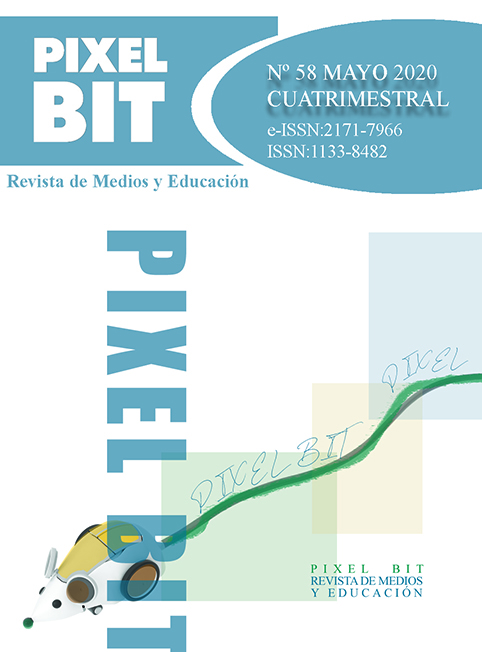Resumen
El progreso tecnológico actual está contribuyendo a promover iniciativas pedagógicas para transformar los procesos de enseñanza-aprendizaje mediante propuestas y modelos educativos que permitan el desarrollo de aprendizajes significativos, competencias digitales y habilidades sociales necesarias para afrontar con éxito los retos que impone el siglo XXI. En este artículo se presentan algunos de los resultados que generó la realización de una experiencia de aprendizaje sobre competencias digitales, asociadas al pensamiento computacional, utilizando retos de programación mediante el kit de robótica educativa Bee-Bot®. Para el estudio se utilizó un diseño cuasiexperimental, con medidas Pretest/Postest y grupo control. En las actividades participaron un total de 40 estudiantes y 2 profesores de educación infantil, pertenecientes a un colegio concertado en Salamanca, España, durante el tercer trimestre del curso 2017-2018. Se emplearon como instrumentos de recolección de datos una rúbrica, una lista de verificación y entrevistas. Los resultados muestran la existencia de diferencias significativas a favor del grupo experimental, en referencia al dominio y aprendizaje del pensamiento computacional, mediante la construcción de secuencias. Además, se observaron comportamientos sociales positivos entre los estudiantes expuestos a las actividades de aprendizaje y una actitud favorable en relación con el recurso de robótica educativa.

